
Review by Jack LesCamela
Written by Howard Chaykin, Garth Ennis,
and David Michelinie
Art by Howard Chaykin, Terry Austin
Introduction by Brannon Costello
Published by Fantagraphics
In the interests of full disclosure, anyone reading this review should be aware that I’m a moderator for Howard Chaykin’s public page on Facebook. I’m there because I love Howard Chaykin’s work and have done since I first saw it in the late 1970s, and I’m writing here now because I continue to love Howard Chaykin’s work.
Howard Chaykin has worked in comics as an artist, writer, and cartoonist for over fifty years. In spite of this extraordinary career longevity though, he remains a cult figure.
I think there’re a few reasons for this.
In contrast with many of his peers, Chaykin has never become associated with a long run of comics for a popular superhero character. By the time he was able to draw superheroes, he found the genre held no interest for him nor did he have the attention span.
What he did instead was find a solution that was both practical and idiosyncratic. When possible, he would draw the lead characters in his comics as variations of what became known as the “Chaykin hero”: a tall, dark, handsome figure modeled after three specific actors: Henry Fonda, William Holden, and James Garner. Which one he leaned towards depended a lot on what comic he was drawing. Reuben Flagg was clearly Garner, while Blackhawk was William Holden. I could be wrong, but I’m pretty sure Cass Pollack of Black Kiss is Henry Fonda.
It was a form of branding, and readers would see that guy and know Chaykin did the book.
The most popular IP he’s ever been involved with is Star Wars. George Lucas saw Chaykin’s Cody Starbuck strip and handpicked him to draw the first promotional poster for the movie. It was handed out at comics conventions in 1976, a year prior to theatrical release.
Chaykin went on to draw the six-issue comics adaptation of Star Wars for Marvel in 1977, and four more issues of the monthly comic. Then he walked away from it.
He preferred science fiction & fantasy (Fritz Leiber’s Fafhrd and the Gray Mouser, Ironwolf, Bite Club, Cody Starbuck, and American Flagg!), crime/espionage thrillers (The Shadow, Black Kiss, Satellite Sam, Midnight of the Soul, The Divided States of Hysteria), westerns (Century West), historical fiction (Blackhawk, American Century, Sunshine Patriots!, Hey Kids! Comics), or some combination thereof.
Also, much of Chaykin’s vast body of work has been out of print for years. Thankfully, that state of affairs is beginning to change.
We got the Time² Omnibus last year. This year sees the publication of the Black Kiss Omnibus. An American Flagg! Omnibus is supposed to come out in 2026. Which is fitting. That book was so ahead of its time when it came out in 1983 that it still feels uncomfortably about right damn now.
I dare to hope we’ll get an omnibus devoted to the complete Cody Starbuck someday. With the pin-ups, the black & white stories from Star*Reach, and the painted stories from Heavy Metal and the never published in English one serialized in Spain.
Which brings us to the book under discussion today. Lost Marvels No. 2: Howard Chaykin Vol. 1 reprints color comics by Chaykin—two single issue stories he did in the 1970s and 1980s, followed by two miniseries he did in the 2000s.
Brannon Costello provides the introduction. It’s an informative overview of Chaykin’s career and the work reprinted here.
Previously he edited Howard Chaykin: Conversations, which reprinted interviews with Chaykin over the course of his career; and wrote Neon Visions: The Comics of Howard Chaykin—which I think was the first serious academic examination of Chaykin’s work. Both published by University Press of Mississippi, and both highly recommended.
Now, on to the comics:
Monark Starstalker – from Marvel Premiere #32, October 1976
I’d never read this before. Some of Chaykin’s readers hold it in much higher regard than Chaykin does, and I’d assumed their appreciation of it to be a bit inflated.
Turns out, they were right. Monark Starstalker is sort of the space opera/western counterpart to the space opera/swashbuckler Ironwolf Chaykin created at DC.
Chaykin wrote and drew the story. It’s a good adventure with an exotic look to it. Monark Starstalker is an intergalactic bounty hunter. He arrives at a human offworld colony on a mission. Track down a wanted criminal Kurt Hammer, and take him dead or alive.
The story serves as an introduction for its hero. It’s like the pilot to a 30 minute western show like Have Gun – Will Travel in that way.
We’re introduced to our hero, and go with him as he takes on the task set for him. Starstalker is clever, and has some extra abilities that make for a compelling lead.
Sadly, that was the only story Chaykin ever did with the character. I would definitely have been down to read more of his adventures.
Chaykin moved to the nascent and short-lived comics company Atlas in 1975. There he created and did two issues of The Scorpion.
The Scorpion was Moro Frost—a mysteriously long-lived mercenary adventurer based in 1930s New York City. Issue #3 saw the company retool the concept of the book to bog standard superhero fare sans Chaykin. There was no issue #4, and Atlas Comics went out of business soon after.
This is important because then Chaykin went to Marvel, and offered to create and do a similar character for them. Marvel said yes. That’s how we got…
Dominic Fortune, Brigand for Hire in “The Big Top Barter Resolution” – from Marvel Premiere #56, October 1980
Fortune was also a mercenary adventurer in the 1930s. He’s primarily based in Los Angeles rather than New York though, and the immortality angle was dropped altogether.
Chaykin introduced Fortune in seven stories done for Marvel’s mature readers magazines. Two black & white stories appeared in Marvel Preview #2 and Marvel Super Action #1 (and both later reprinted together in Marvel Preview #20). Five painted color stories were published in Hulk! Magazine #21-25.
The bad news is none of those stories appear in this volume. The good news is (according to Brannon Costello in the introduction), they’re planned for a future volume which will have the correct page dimensions to reprint them to best effect.
In the meantime, we have “The Big Top Barter Resolution.” This story was plotted by Len Wein & Howard Chaykin, scripted by David Michelinie, with layouts drawn by Chaykin, and finishes by Terry Austin.
The story sees Fortune involved with gambling, gangsters, a circus owned by future Howling Commando Dum-Dum Dugan, and a dogfight in the sky above the big top. It has plenty of elements Chaykin excels at. However, it suffers from not having enough Chaykin in it. His sensibilities feel very separate from what’s on the pages. Neither the art nor the writing bear his stamp, and the work suffers for it. The overall effect is bland.
Dominic Fortune – MAX miniseries #1-4 (2009)
Twenty-nine years later, Chaykin returned to the character he created for this miniseries aimed at mature audiences. He both wrote and drew the proceedings, and it’s an immediate improvement over the previous entry. Chaykin’s gotten so much better at the job of cartoonist in the decades since too.
The story begins in the late 1930s. The war between Paraguay and Bolivia is coming to a close.
Dominic is a fighter pilot for the Paraguayan side. Not out of loyalty (he used to fight for the Bolivian side), but because they pay his price. As he says, “I’m not a patriot. I don’t give a damn about politics, or religion, or nationalities… Money’s my God.” A Mercenary’s Prayer, if you like.
His fellow pilot, adventuress Delatriz Betancourt, asks him what his plans are now the war is winding down. Before she can tell him about a potential job offer, Fortune’s plane is shot down and he parachutes to safety. Safety in this case being the rooftop pool of the La Floridita Hotel, where Hollywood movie star Hazel Fontaine is relaxing au natural.
At dinner that evening, Dominic runs into Delatriz. She’s on the arm of American industrialist Malcolm Upshaw.
Upshaw is the job offer Delatriz spoke of, and Dominic is nonplussed. Upshaw is a known fascist, and Dominic is both not an idiot, and a Jew. Job offer rescinded.
Soon after, Dominic is back in Los Angeles. He’s sleeping with Hazel, and her husband, studio head Irwin Oppenheim calls him with a job.
The studio has three big stars, all notorious hellraisers. Dominic is to be a fixer/babysitter for them for three weeks as they travel cross-country by train, then fly to Germany for the 1938 Olympic Games. Along the way he runs afoul of Upshaw again, who is plotting an attack on American soil.
Like his Blackhawk miniseries from 1989, Chaykin isn’t interested in crafting pulp adventure for its own sake. He’s more interested in historical adventure. To that end he packs the story with chewy bits of detail that have their parallels in real life: Villain Malcolm Upshaw is an American fascist with designs on pushing the United States to the far right. The three movie stars Dominic babysits are modeled after W.C. Fields, John Barrymore, and Errol Flynn; who were all drinking buddies in real life. Delatriz Betancourt is descended from Confederate aristocrats who fled the Civil War to South America.
The result is a fun adventure that belies its sophistication amongst the sex, violence, and slangy dialogue. I only wish Chaykin did more of this kind of thing.
War is Hell: The First Flight of the Phantom Eagle – MAX miniseries #1-5 (2008)
Another miniseries for mature readers. This one is written by Garth Ennis, with art by Howard Chaykin.
Garth Ennis is best known for his comics Preacher, a supernatural neo-western done with artist Steve Dillon in the 1990s from DC/Vertigo; and The Boys, a superhero book for people who hate superheroes, with artist Darick Robertson Both have been turned into successful television series. However, the genre Ennis loves more than any other is war stories, and that’s where I think much of his best work is found.
The Phantom Eagle is an obscure Marvel character from the 1960s. He’s a WWI flying ace, and beyond that I know nothing of him.
A mysterious man, Karl Kaufman, arrives at the Western Front in flamboyant garb and flying his own plane. Carrying orders that can’t be confirmed, he’s eager to do his part to fight the Hun.
His initial sorties prove disastrous. Though he’s a gifted pilot, he wins more through dumb luck than skill, and the others in his squadron are leery of him.
That changes. With pilots dying every day, soon those in charge have no choice but to rely on Karl. We see him go from a naive young man full of more ideals than sense, to a man hardened by battle and the death of comrades.
The story probably has little to nothing to do with any previous Phantom Eagle depiction. That’s likely all to the good. Ennis delivers an adult story about the brutality of war more along the lines of movies like The Dawn Patrol (1938) or Derek Robinson’s novels like Goshawk Squadron.
I think Chaykin’s art here is some of his best. It’s a tale full of historical detail and ordinance, sharply defined characters, where romantic heroism is undercut by the cruel exigencies of survival–and I think it brought out the best in him. His art is confident and fully in service to a story that requires more in the way of acting and body language from its characters than most. I was reminded of the late Steve Dillon, another artist whose work complemented Garth Ennis’ writing so well, and vice versa. Highly recommended.
Jack LesCamela lives in Los Angeles, where he has a small apartment and too many
bookshelves. He has worked in bookstores and libraries for over thirty years.




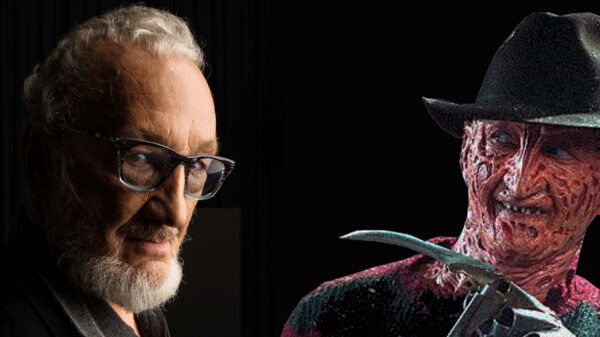
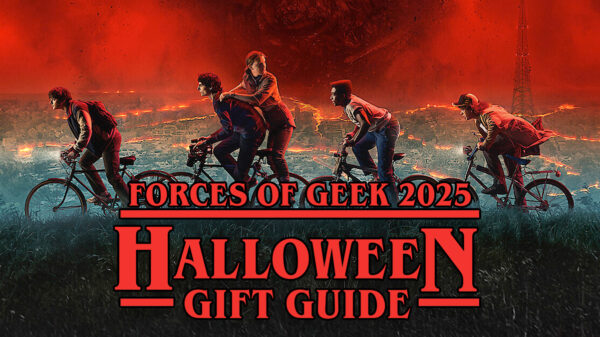
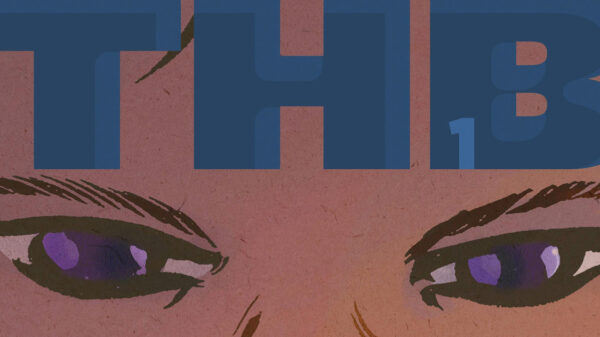

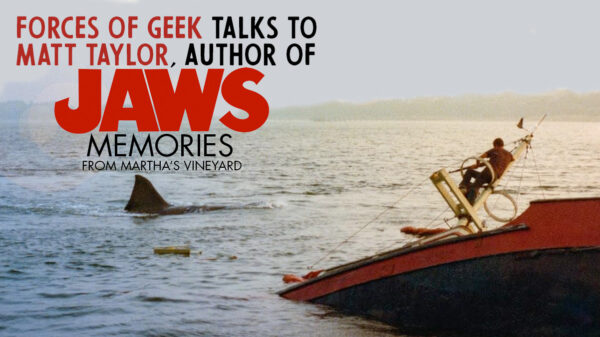
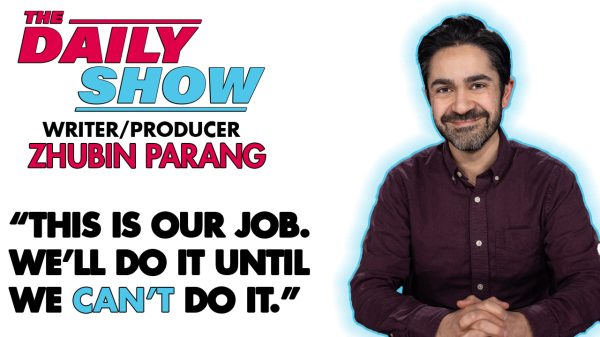
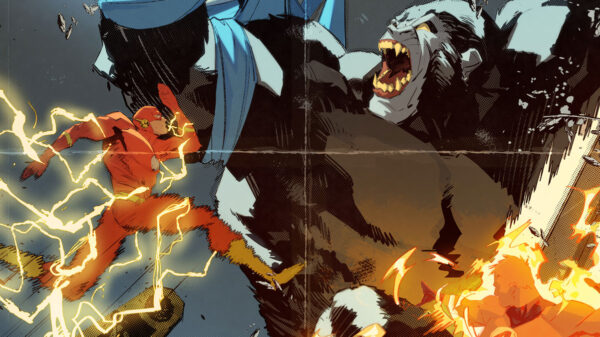
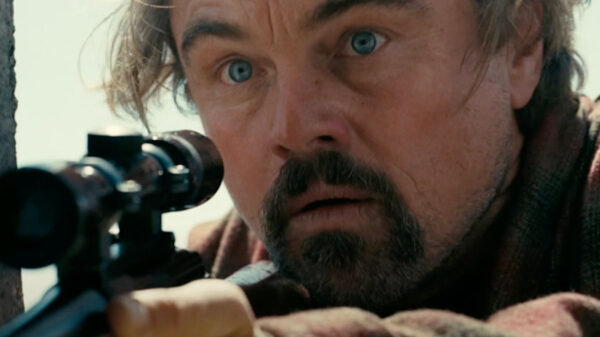
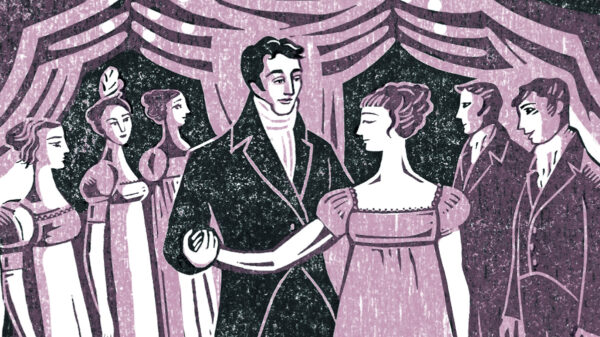
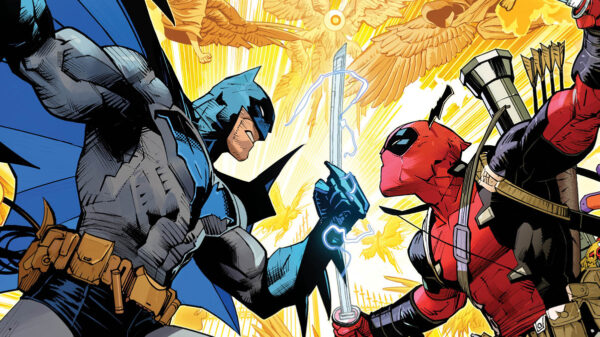
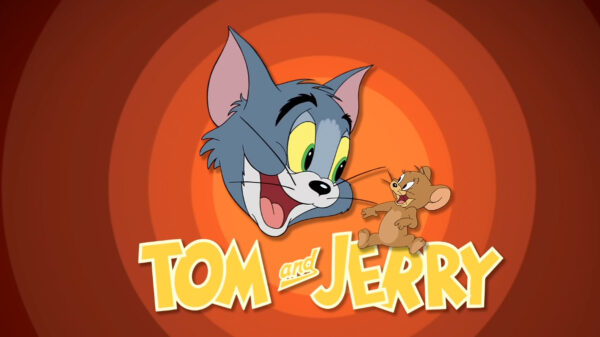



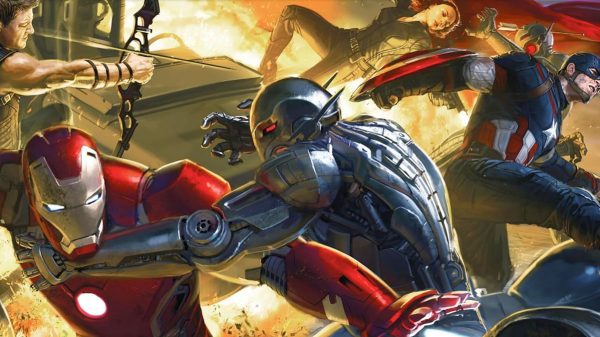

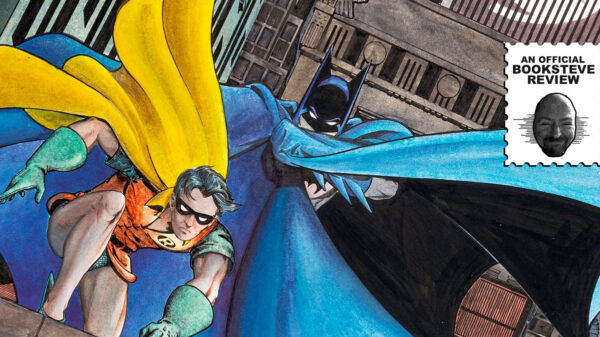
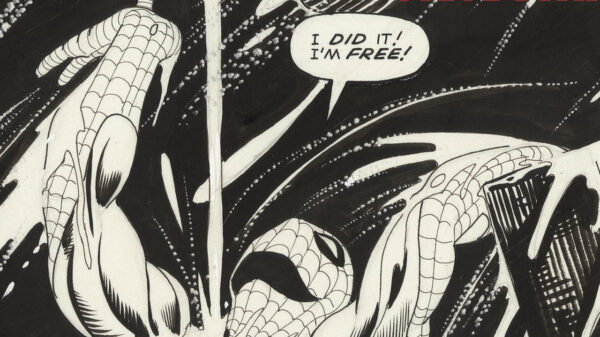
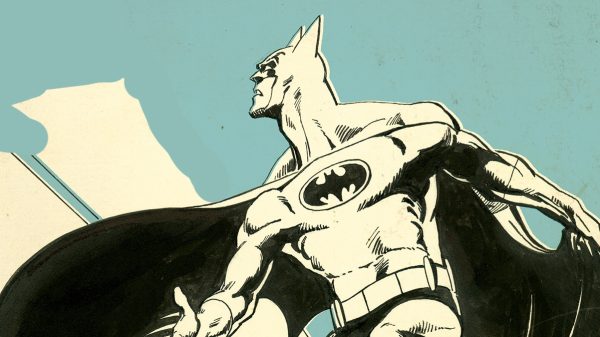

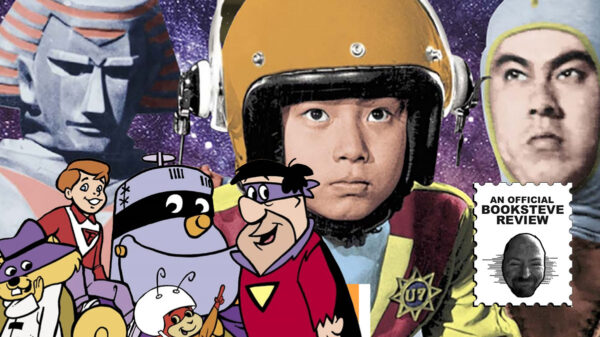
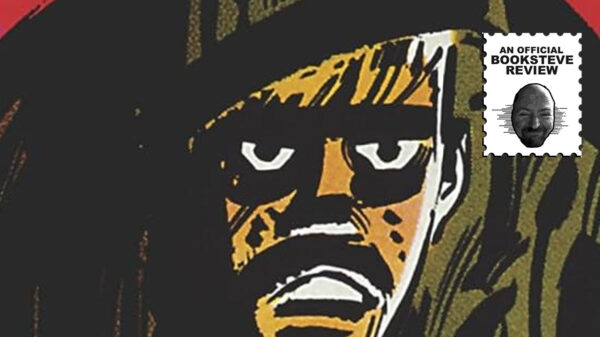
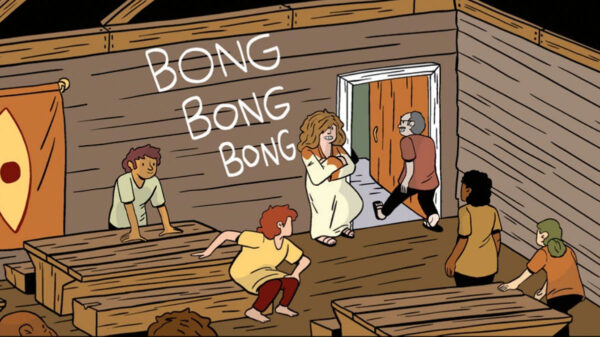
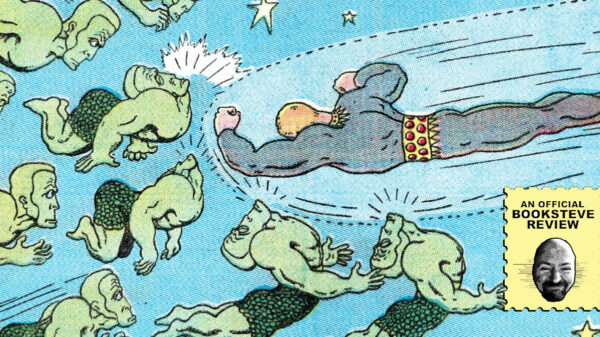
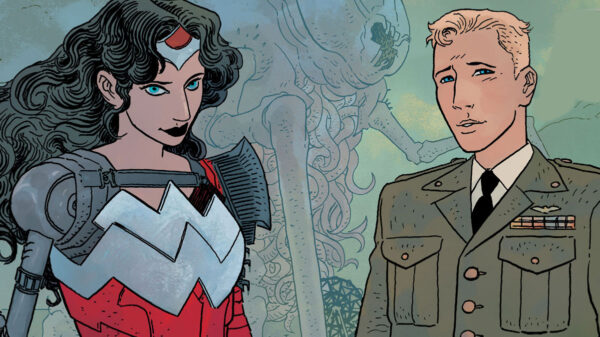




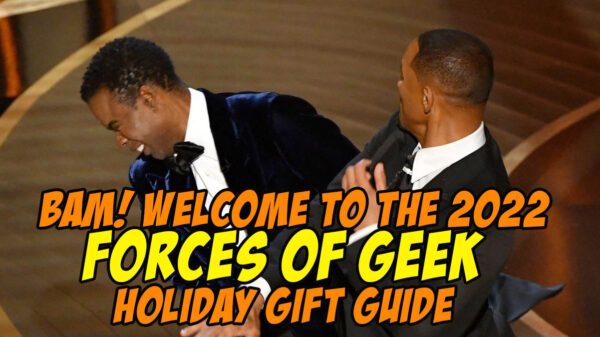




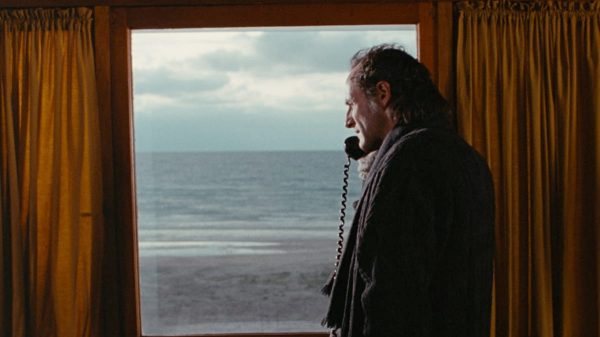
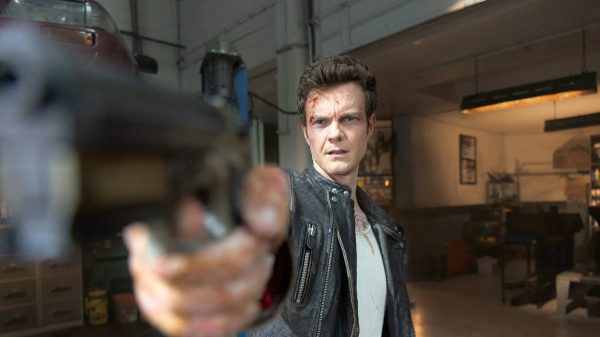
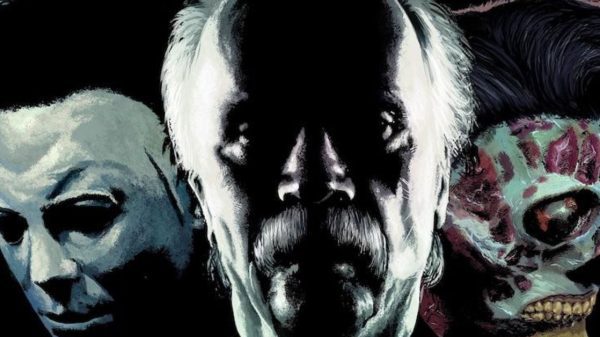
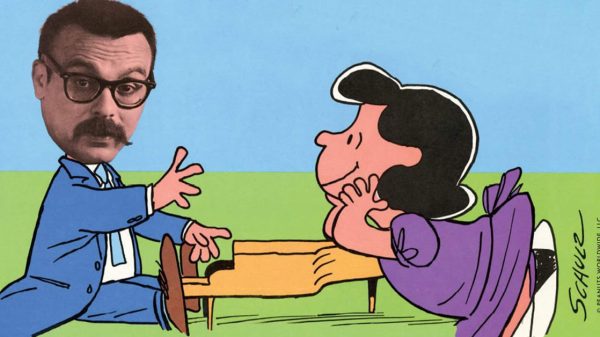
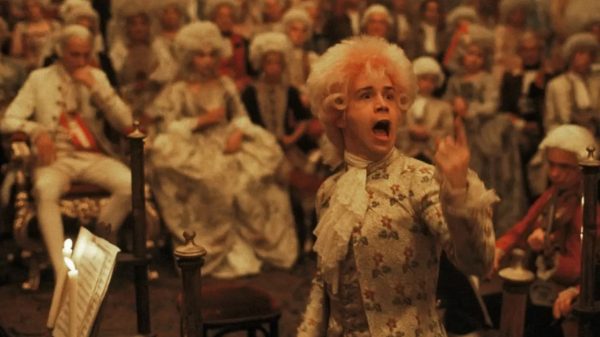











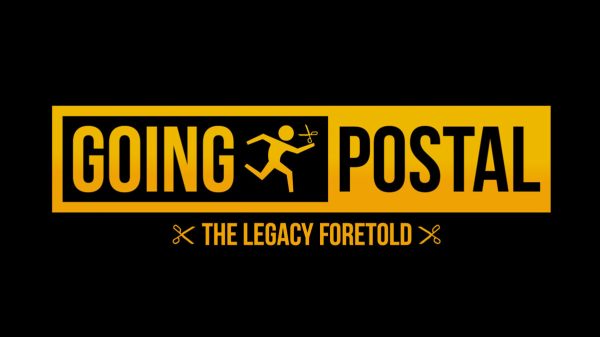
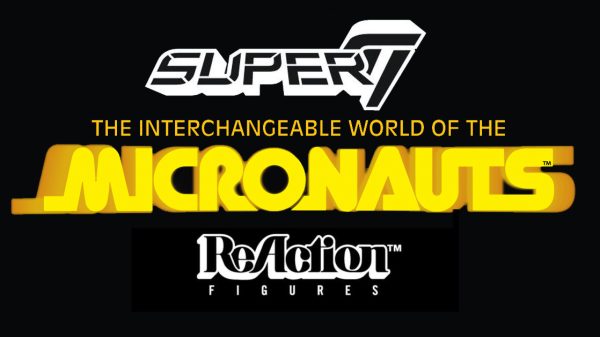
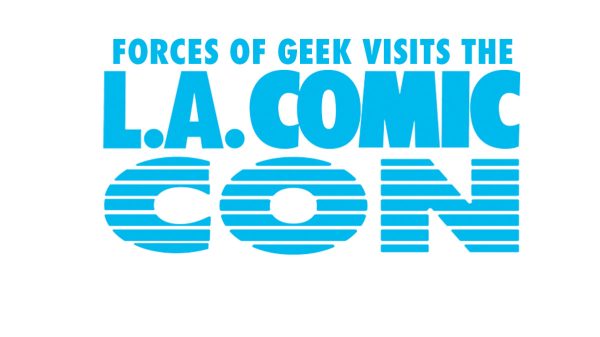
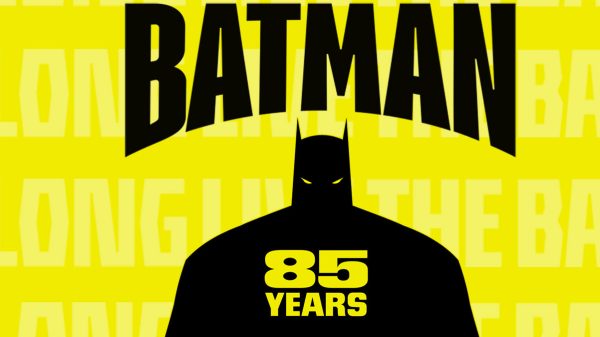


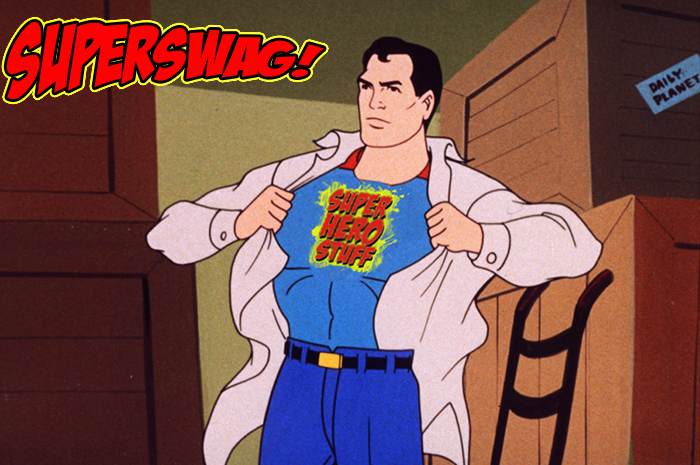

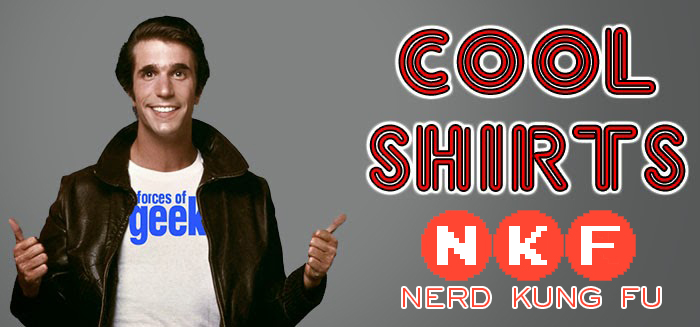
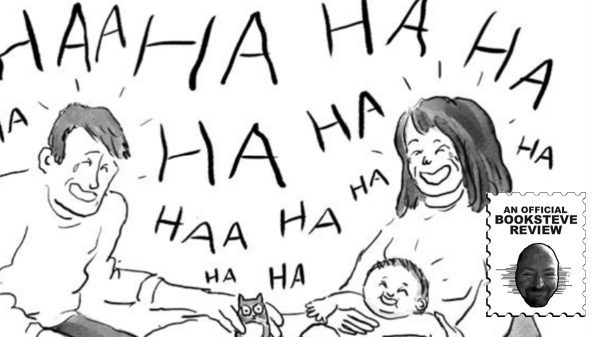



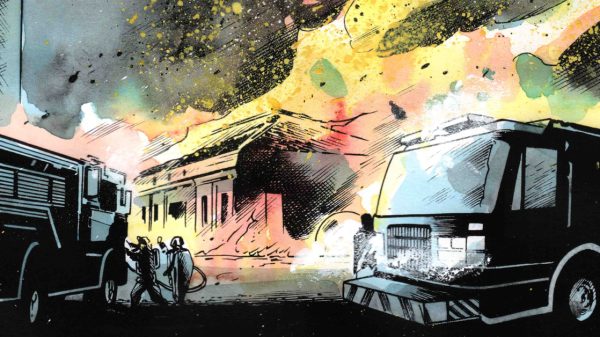




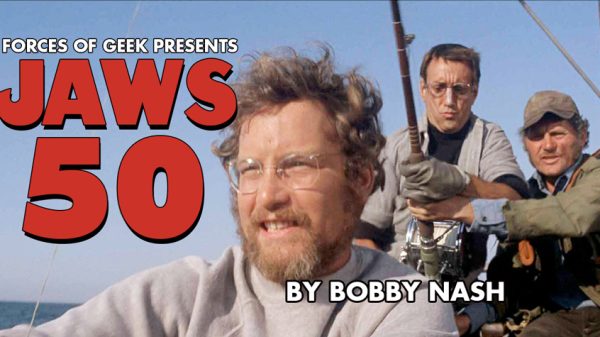









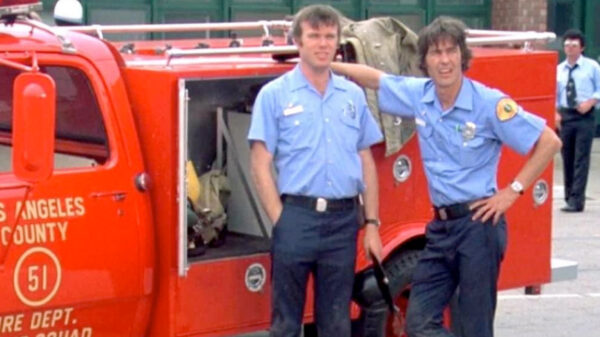
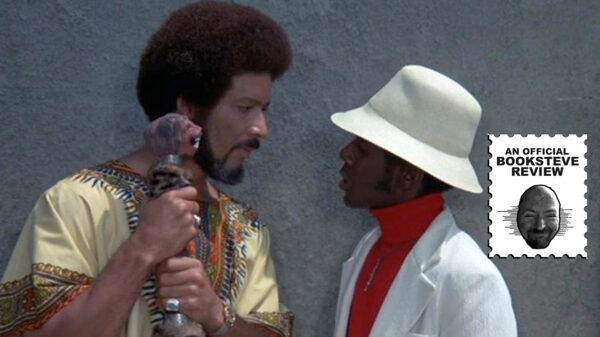
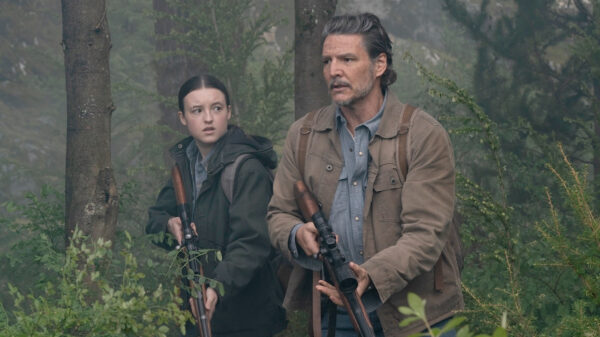




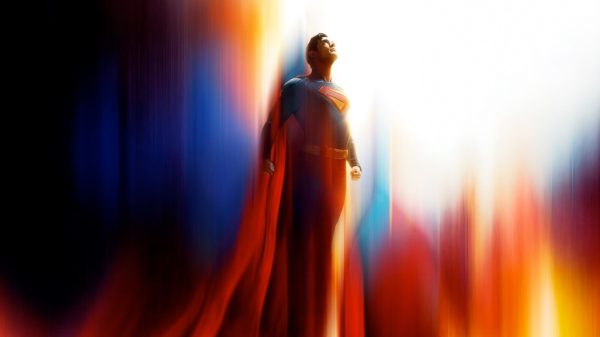
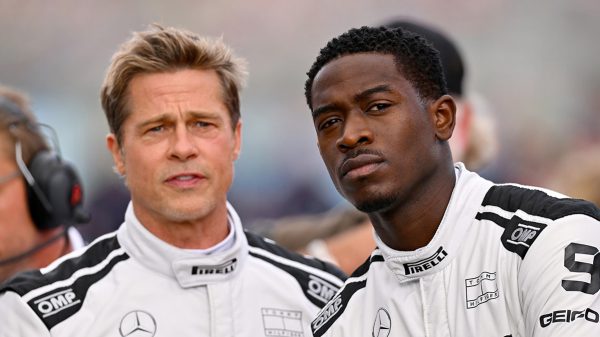
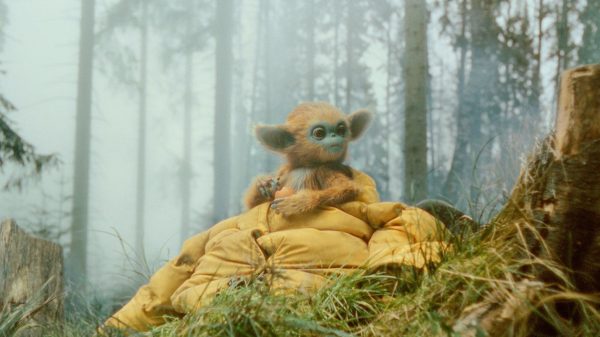



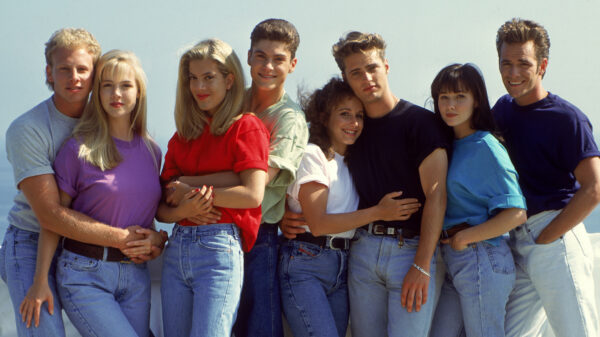

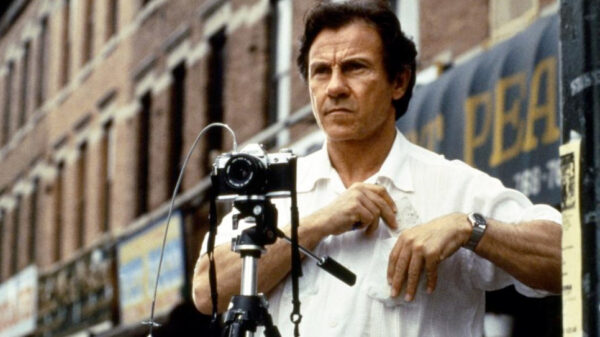
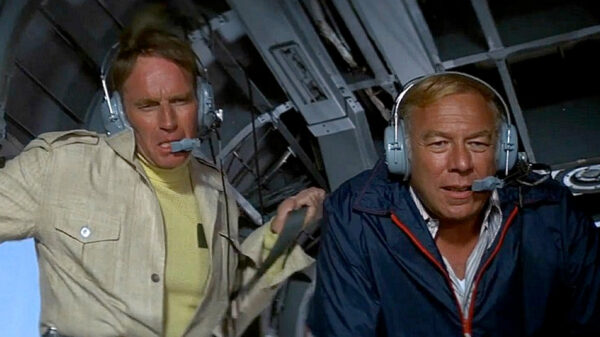
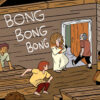
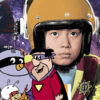
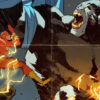
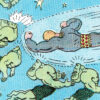
You must be logged in to post a comment Login